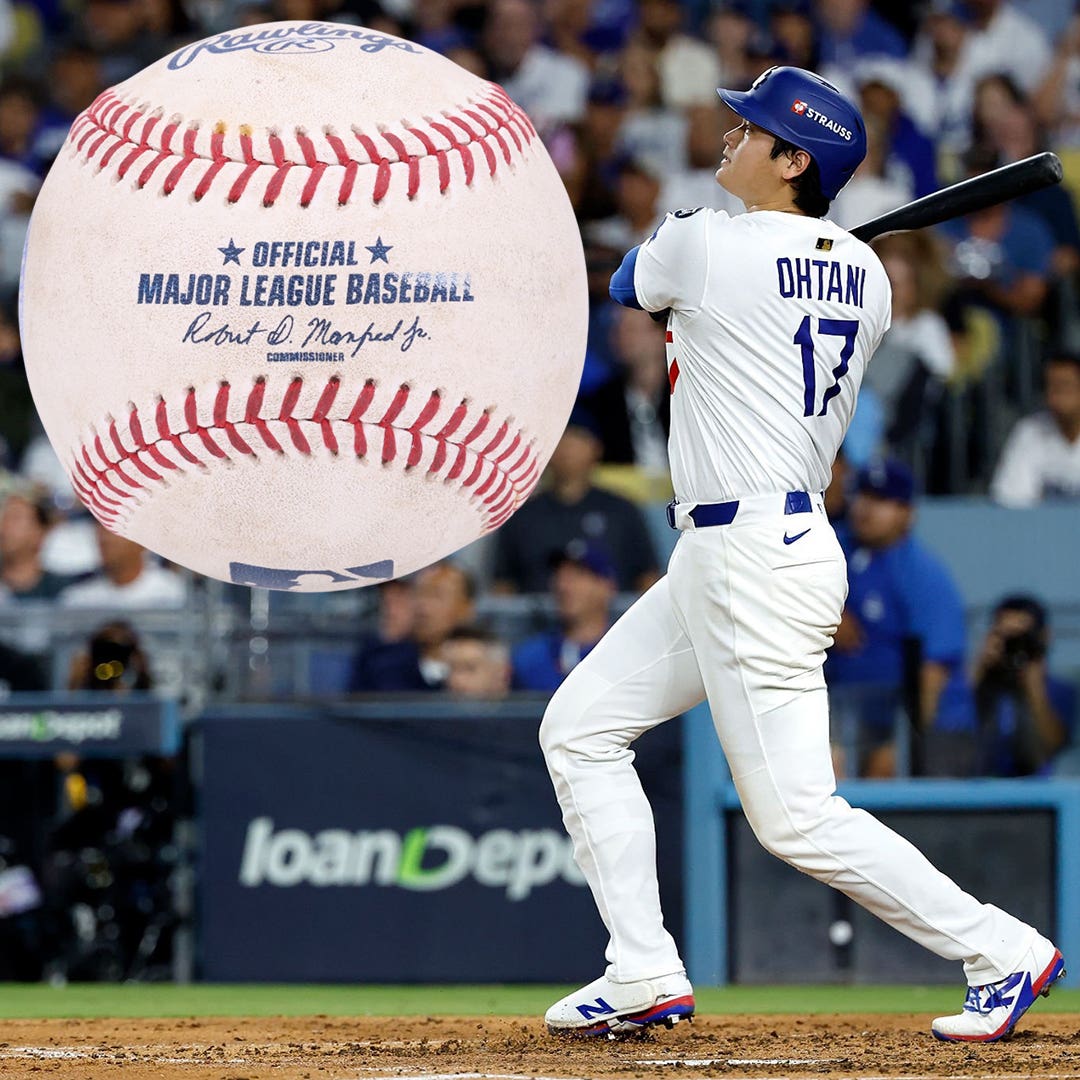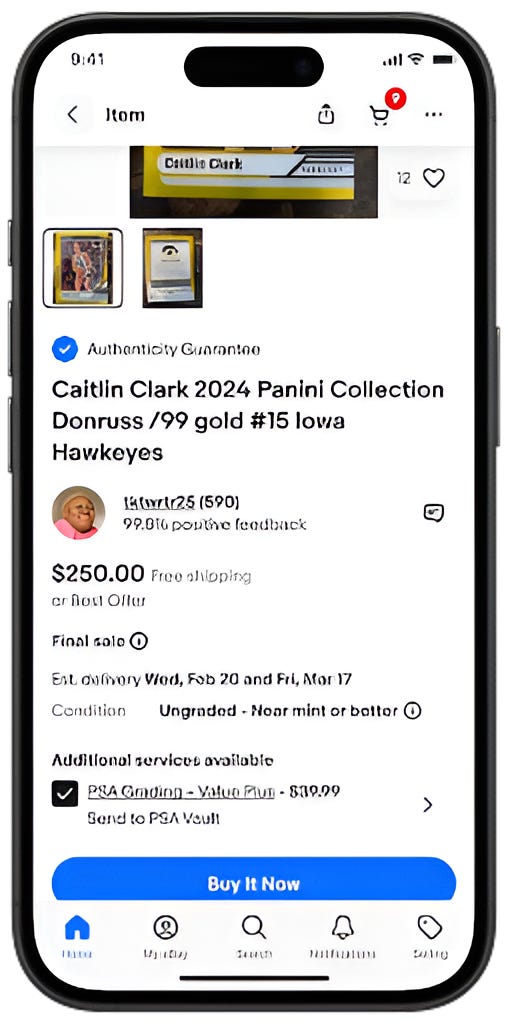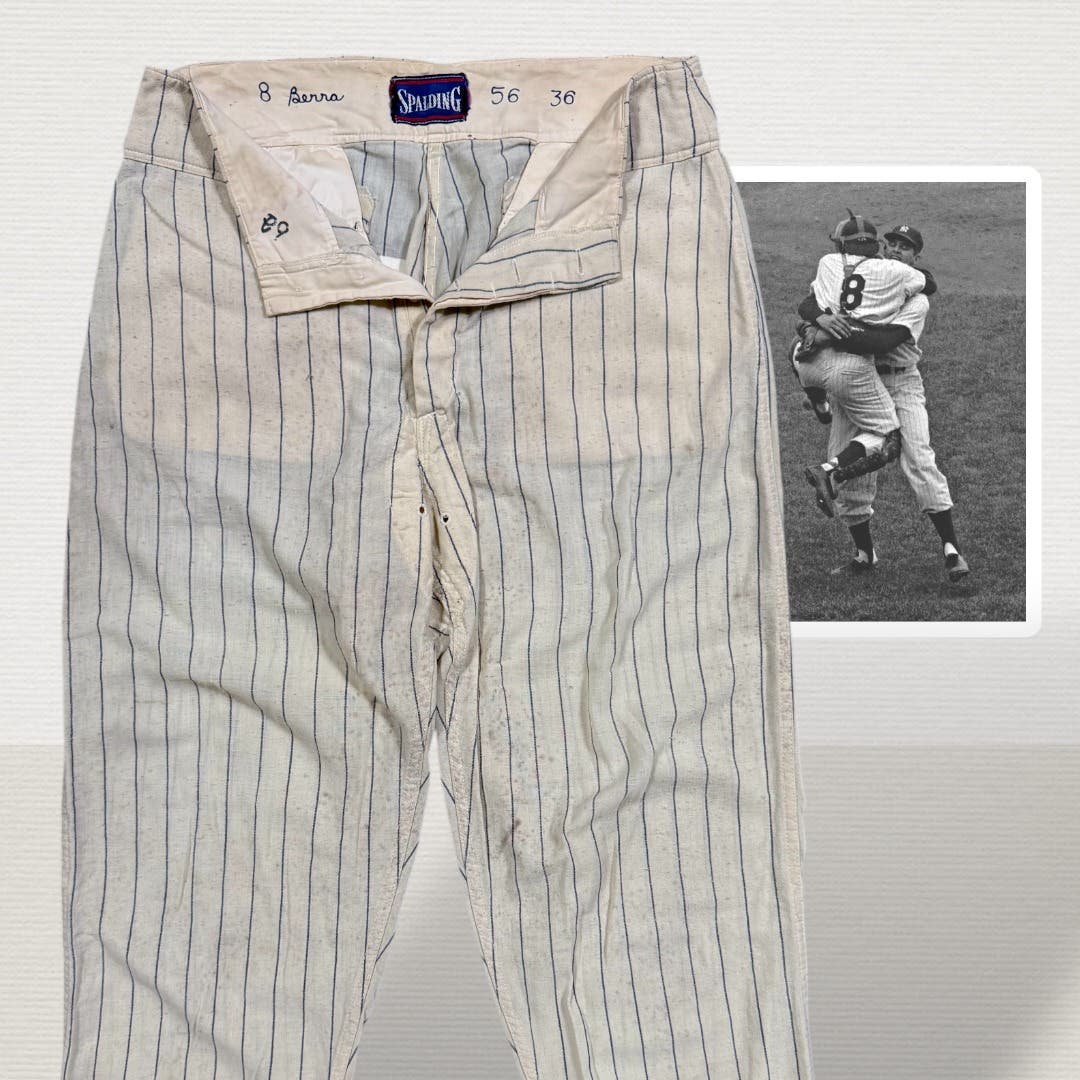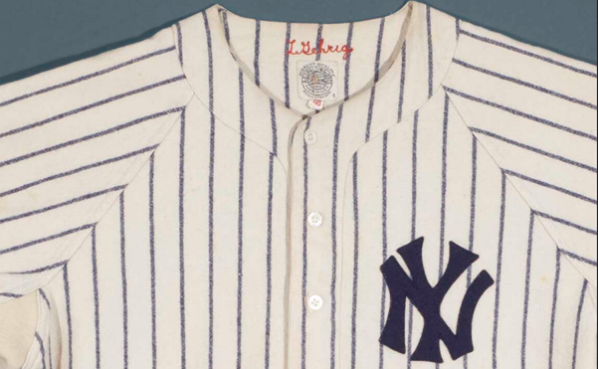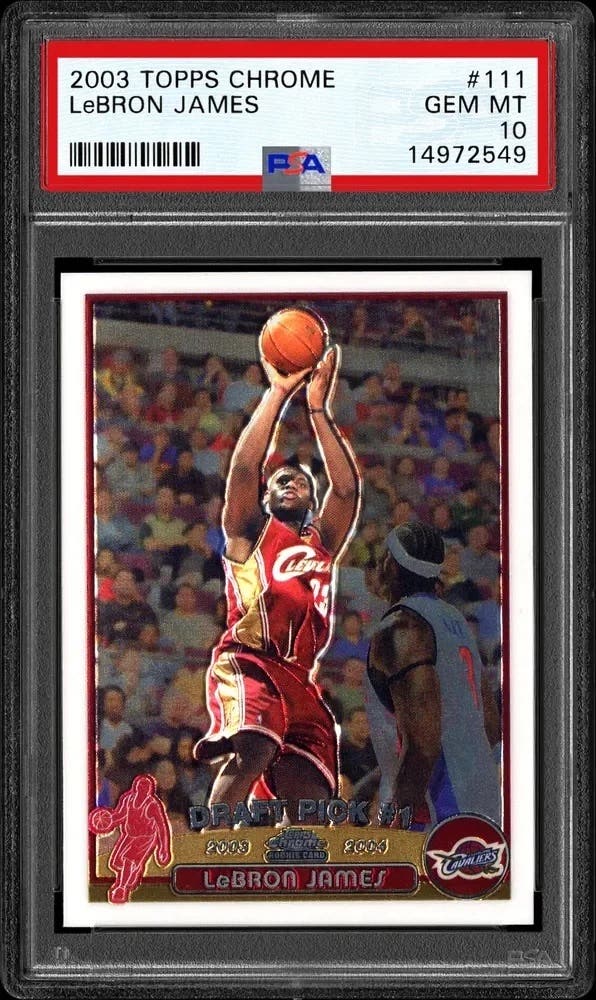News
Hobby Royalty The Perfectly Kosher Brewer
By Scott Fragale
It was about three questions into his first press conference in Milwaukee that members of the Brewers media knew they were in the presence of a very special player.
Sporting a cool confidence that bordered on arrogance, the Brewers’ top pick in the 2005 draft stepped up to the mic and answered each question with the same calm, yet focused, demeanor those in the Brew City have now become accustomed to.
Drew Olson, who served as the Brewers beat writer for the Milwaukee-Journal Sentinel for 11 seasons, recalls the impression Braun made after his initial visit after being selected with the 5th overall pick out of the University of Miami.
“Heck, he was so confident and articulate at his introductory press conference that we asked Doug Melvin (Brewers GM) and Jack Zduriencik (director of scouting), “Can we have him now?”
Media members and a fan base starved for something to get excited about would have to wait, but not for long.
Braun began his rapid ascension to the majors with a brief 10-game stint in Advanced Rookie ball before being promoted to the Class-A West Virginia Power. Never one to wear out his welcome, the shortstop-turned-third baseman (now left fielder) started the 2006 season in the Advanced A League and quickly provided fans with a glimpse of the future. He tore up the opposition and earned a spot on the All-Star team and participated in the Futures Game during MLB’s All-Star Game festivities at Pittsburgh’s PNC Park.
After being named the Brewers’ Minor League Player of the Year, Braun’s fast track to the majors continued. He started 2007 with the Class AAA Nashville Sounds but after posting a .354 average with 10 home runs and an eye-popping .726 slugging percentage, it was apparent that Braun was destined for another promotion.
Memorable first impressions continued to be a trend for Braun. He earned an invite to Cactus League play and in his first spring training game, Braun provided a glimpse into the future, going 4-for-5, with a double and a home run, 7 RBIs and a stolen base. While it was just one game, as the saying goes, “Never underestimate the power of a good first impression,” and Brewers management took notice.
After veteran third baseman Corey Koskie was sidelined with post-concussion syndrome early on in spring training, the Brewers reluctantly headed into the 2007 campaign planning on platooning Craig Counsell and Tony Graffinino, assuming the two veterans were a better option than rushing their prized prospect into a starting role. While both were solid fill-ins defensively, the duo managed a sub-par .214 average at the plate and gave the Brewers the perfect reason to call their stud up to The Show ahead of schedule.
Because the club was in the process of rebuilding around a solid young nucleus, Braun found himself in the perfect setting to make an immediate impact without all the pressure.
“The Brewers’ situation was practically tailored to him. They had an opening and he produced right away,” Olson recalled. “He also had a core of younger guys around who were familiar to him – (Prince) Fielder, (J.J..) Hardy, (Corey) Hart, (Rickie) Weeks, etc. – and that had to help his comfort level. If he had struggled, they’d have sent him back to Triple-A and not thought badly about him. But, that didn’t happen. He really didn’t go through many growing pains.”
From Day 1, Braun has done nothing but take advantage of his ahead-of-schedule arrival. Expectations were undoubtedly high for the California native, but since breaking into the starting lineup on May 24, 2007, Braun has done nothing but obliterate the expectations of even the most optimistic and hopeful Brewer fans.
“I think I’m like a lot of people. I expected him to be good, I just didn’t expect him to be this good,” ESPN.com’s senior writer Jayson Stark said. “His career is on a historic track, and I’m not sure people even realize it outside the 414 area code. Compare his numbers at this stage of his career to other great hitters in baseball – even Albert Pujols – and you’d be shocked, I bet, by how he stacks up.”
Once then-manager Ned Yost penciled him into the starting lineup, Braun did everything in his power to prove the decision to take a chance on him was warranted. Displaying the plate coverage typically associated with players several years his senior, Braun quickly made Yost’s gamble pay off.
Despite missing 49 games because of the May call-up, Braun produced 146 hits, 26 doubles, 34 home runs, 97 RBI and a .324 batting average. Factor in his impressive .634 slugging percentage and an out-of-this-world and NL-best 1.004 OPS, and it was easy to see why Braun beat out Colorado’s Troy Tulowitzki for National League Rookie of the Year honors. But Braun wasn’t done there.
He also won the Sporting News NL Rookie of the Year, the Baseball America Rookie of the Year, the Baseball Prospectus Internet Baseball NL Rookie of the Year, and the Players Choice NL Most Outstanding Rookie Award. Over the previous 10 years, the only other NL hitter to win all five awards was Albert Pujols, in 2001.
Although ROY honors help put Braun on the MLB map, his continued development over the last two seasons has greatly enhanced his star power despite Milwaukee’s small-market status. Braun’s emergence onto the national stage has been far more subtle than other players coming in with impressive pedigrees but only Pujols has enjoyed a better start to his career.
And the comparisons to King Albert and other top sluggers doesn’t end there. In September 2009, Braun hit his 100th home run to become the second fastest (Ryan Howard) to reach that milestone, and with his 32 home runs, he became just the second player (Pujols) in MLB history to hit 30-plus homers in each of his first three seasons.
As mentioned earlier, Braun has definitely benefitted from being a part of a strong young nucleus in Milwaukee. With fellow slugger Prince Fielder batting behind him, opposing pitchers don’t have the luxury of pitching around Braun. On a team lacking in the star-power department, the duo have taken turns carrying the club and are the perfect complement to one another both on the field and in the clubhouse.
“I realize how fortunate I’ve been and how much Prince has helped me,” Braun said in a recent ESPN interview.
Despite the unselfish moment of reflection, Braun’s confident personality remains on display for all to see after one of his many game-winning blasts. The soft-spoken Braun continues to let his lumber do the majority of his talking. Fielder on the other hand does plenty of damage on the field but also doesn’t shy away from confrontation off of it. Both are leaders in their own unique way, providing the perfect ying to the other’s yang, giving the Brewers a young and talented one-two punch like no other in the game.
Fielder joined the team with more fanfare, partly because of his major league DNA (Fielder is the son of a former MLB standout Cecil) and because of his impressive pre-MLB exploits. When you start hitting batting-practice bombs as a teenager, your reputation tends to proceed you and that was the case with Fielder when the Brewers made him the seventh overall pick in 2002. Fielder made his way to the big-league club a year before Braun arrived, with the two sluggers pushing each other to be even better ever since.
“It’s been great for both of them to be together. You see it with other teams, too,” Olson said. “Having two guys like them in the lineup takes pressure off each other and puts pressure on opposing pitchers.”
While Fielder’s early numbers and last year’s win in the Home Run Derby have made him the more recognizable of the two, many experts believe Braun is the player with more upside.
“I can’t think of many hitters I’d take over him (Braun). I honestly believe the only NL bats I’d take over him are Pujols, Hanley Ramirez and Chase Utley,” Stark said. “You’ll notice I didn’t rank Prince ahead of him. That’s not an oversight. Prince gets the headlines. Ryan Braun is the better player.”
All players, especially those just breaking into the big leagues, tend to go through extended periods when they struggle at the plate but it’s been Braun’s consistent play that separates him from other MLB newcomers. But his greatest asset might be his ability to come through in the clutch and to produce against the game’s top pitchers.
While most players tee off on the opposition’s fourth and fifth starters and come back to reality against their aces, Braun is producing against anybody and everybody. He currently owns a .538 average against Johan Santana, .500 against Roy Oswalt (including a 1.286 slugging pct.), .462 average (with a .923 slugging pct.) against Tim Lincecum, .364 average against John Smoltz, .667 against Josh Beckett, .400 against Brad Lidge and a .455 average against Tim Hudson.
“He’s obviously a terrific hitter. He almost seems like a savant,” Olson said. “He doesn’t have any real holes in his swing and isn’t prone to long slumps. I think he could take a few more walks and improve his defense, but he’s a legit All-Star and MVP candidate.”
In addition to teeing off against the best hurlers, Braun also dominates southpaws like no other. It started as a youngster in California when his left-handed father would toss him hours of batting practice and continues to this day. In his rookie season, “The Hebrew Hammer,” a nickname Braun earned and welcomed which references his Jewish heritage, produced an MLB-best .450 average, .964 slugging pct. and 15 of his 34 home runs versus lefties.
Braun’s gaudy statistics quickly grabbed the attention of the collecting world, with his memorabilia values soaring to new heights midway through the 2007 campaign and continuing to gain momentum ever since. Braun’s 2005 Bowman Draft Picks & Prospects Rookie Autograph #168 is currently priced at $175 and his 2005 Bowman Sterling Rookie Autograph #RB and 2005 Bowman Heritage Signs of Greatness #RB both fetch somewhere in the $100-$110 range.
While it’s likely just a matter of time before the rest of the country fully understands his amazing talent level, those in and around Wisconsin have been riding the Braun bandwagon for years.
“Ryan Braun was instantly our most requested autograph of any of the Brewers when he broke into the league, and he continues to be one of our best-selling Brewers,” said Jeff Lemieux, owner of four Jeff’s Sports stores in Wisconsin for more than 25 years. “He really doesn’t have one particular item that sells better than the other. All of his memorabilia sells very well.”
Two straight All-Star Game appearances and a third-place finish in the 2008 NL MVP voting has Braun memorabilia approaching superstar status. Collectors can expect to pay $110 for a signed baseball, $125 for a signed 8-by-10, $200 for a signed “Big Stick” bat and $400 for a signed jersey, inching him closer to the more recognizable superstars of the era.
And just as they push each other on the diamond, Braun and Fielder are equally revered among the fan base.
“I would say they’re are pretty much neck and neck when it comes to selling power, with the other Brewers a distant second,” Lemieux said.
“As for comparing his selling power to other area stars, Braun is every bit as popular as Green Bay Packers Aaron Rodgers and Greg Jennings and that’s saying a lot because people in Wisconsin are crazy about their Packers.”
But despite the select company among MLB’s elite, Braun is just starting to receive the national recognition that has eluded him thus far.
“A scout said to me recently that when he sees the Brewers play in New York, he’s always amazed at how little they seem to notice Ryan Braun,” Stark said. “There’s no buzz – none – that Ryan Braun is in town. But if he played for the Mets, think it would be a different story? You know it.”
After the Hall-of-Fame-like start to his career, Milwaukee quickly looked to make sure Braun became a household name in Wisconsin while letting his play take care of the popularity meter on a nationwide level. In May 2009, Milwaukee signed Braun to an eight-year, $45 million contract.
Because of his comfort level with the area (he’ll soon be opening an upscale restaurant in the Lake Geneva, Wis., area and plans to open several others in Wisconsin) and rock-star status among the Brewer faithful, Braun agreed to the terms of the deal instead of opting to test the free agent market where he likely would’ve demanded nearly twice that total.
When asked why he didn’t wait and see if he could’ve signed a more lucrative deal, Braun smiled and said, “But the question I ultimately asked myself was, ‘What can’t I buy with that kind of money?’ ”
The deal was the largest in MLB history for any player with less than three years of service time so it’s obvious the Brewers realized what a special talent they have. The deal could wind up paying him $51 million if Braun continues to produce as he has thus far.
Consider that a done deal and consider Ryan Braun among the best players in the game today. If NL Central opponents don’t like the idea of facing Braun for five more years, the scarier dilemma is the fact that he’s just 26 years old and just getting started. Pitchers should be afraid, be very afraid.
To check out pricing for Ryan Braun cards, click HERE.




